From March 10 to April 11, 2025, I had the opportunity to spend a one-month research stay at the University of Pisa (UNIPI), hosted by the Department of Civil and Industrial Engineering – DICI. This visit was part of the Horizon Europe project FrontSeat and supported by my home institution, the Slovak University of Technology in Bratislava (STUBA). The stay allowed me to deepen my work on control theory while experiencing the charm and rhythm of life in Tuscany.
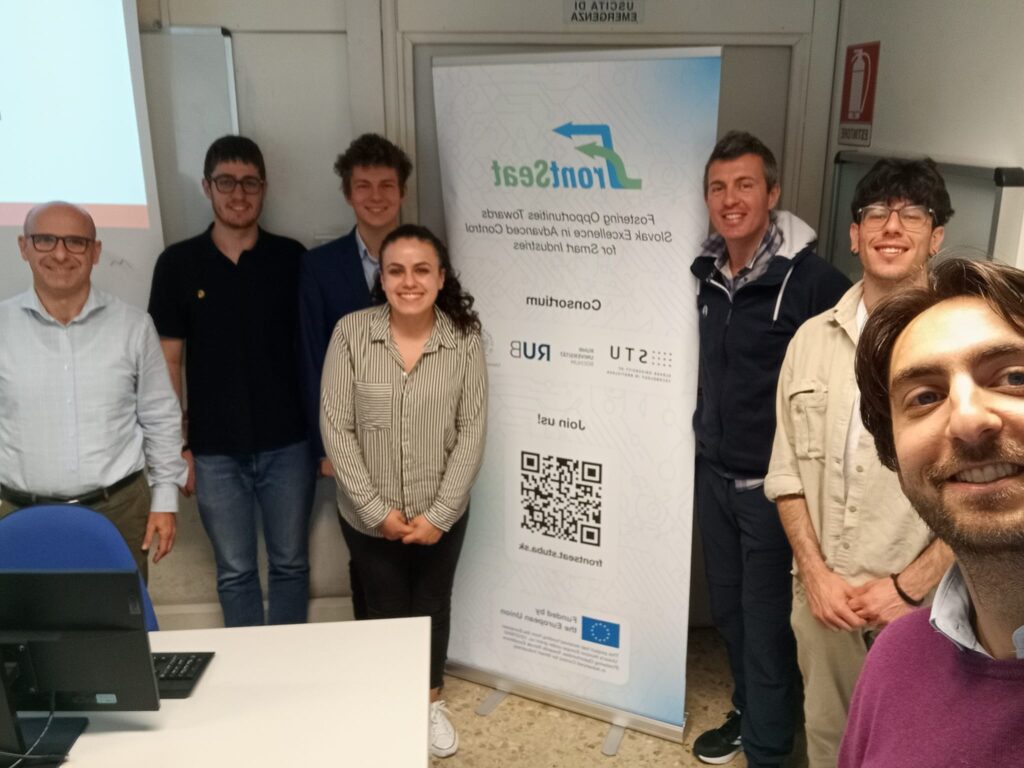
Research and Collaboration
My research during this stay focused on tunable offset-free approximated explicit Model Predictive Control. A major challenge was ensuring closed-loop stability and recursive feasibility while adapting the terminal set to varying references and disturbances—a key requirement for practical deployment in systems with changing operating conditions.
Working closely with Professor Gabriele Pannocchia, I explored multiple terminal set construction strategies, including parameter-dependent and set-shifting formulations. We examined how these designs can preserve theoretical guarantees while reducing conservativeness and computational effort. I also had the chance to present my preliminary findings at a seminar, which opened valuable discussions and shaped the next phase of my research.
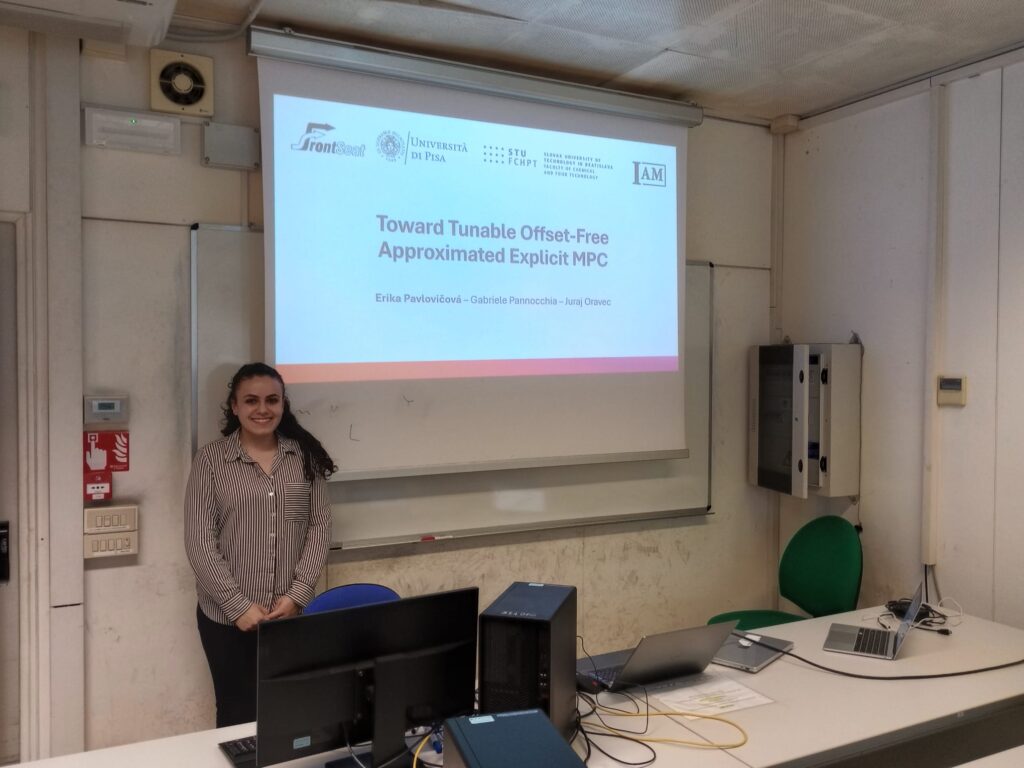
Life Beyond Equations
Outside the academic environment, Pisa offered a rich and relaxing backdrop. I walked the full stretch of the Mura di Pisa, the medieval city walls that provide a quiet, elevated path above the streets. I explored the famous Piazza dei Miracoli, home to the Leaning Tower, the Cathedral, and the Baptistery, but also wandered through less touristy gems like the Palazzo dell’Orologio in Piazza dei Cavalieri. This striking building, constructed around the remnants of the so-called Torre della Fame (“Tower of Hunger”), is tied to one of the darkest episodes in The Divine Comedy: the imprisonment and death by starvation of Count Ugolino and his sons, as described by Dante Alighieri in Inferno. Standing there, it’s hard not to reflect on how history, literature, and architecture intertwine in this city.
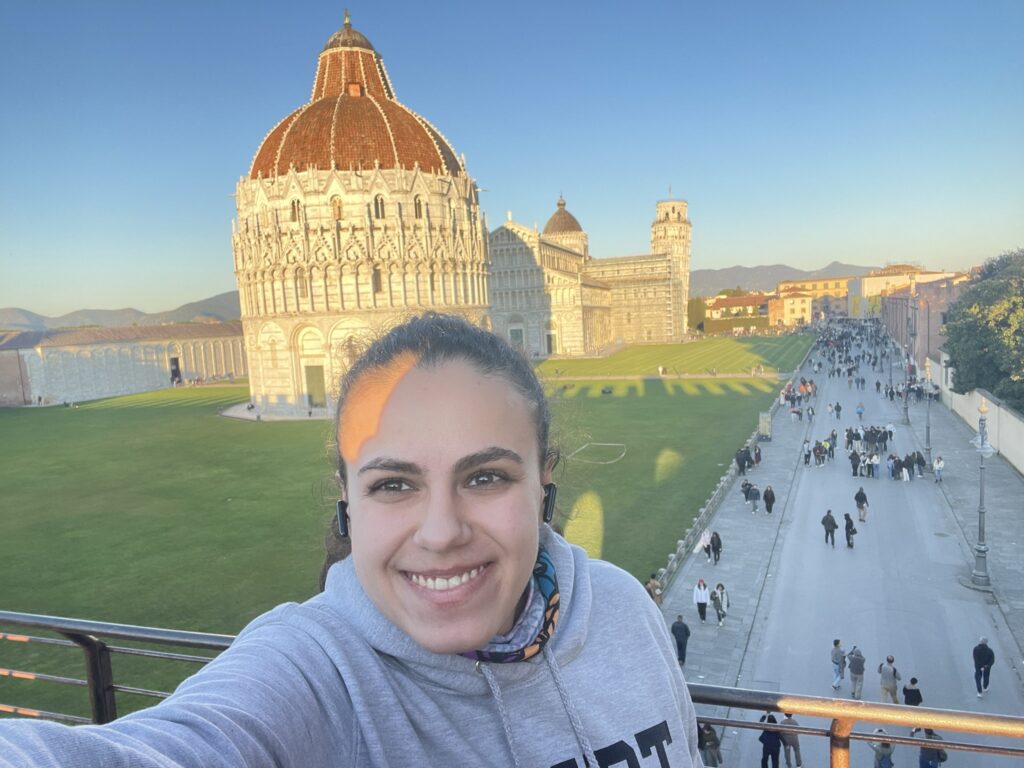
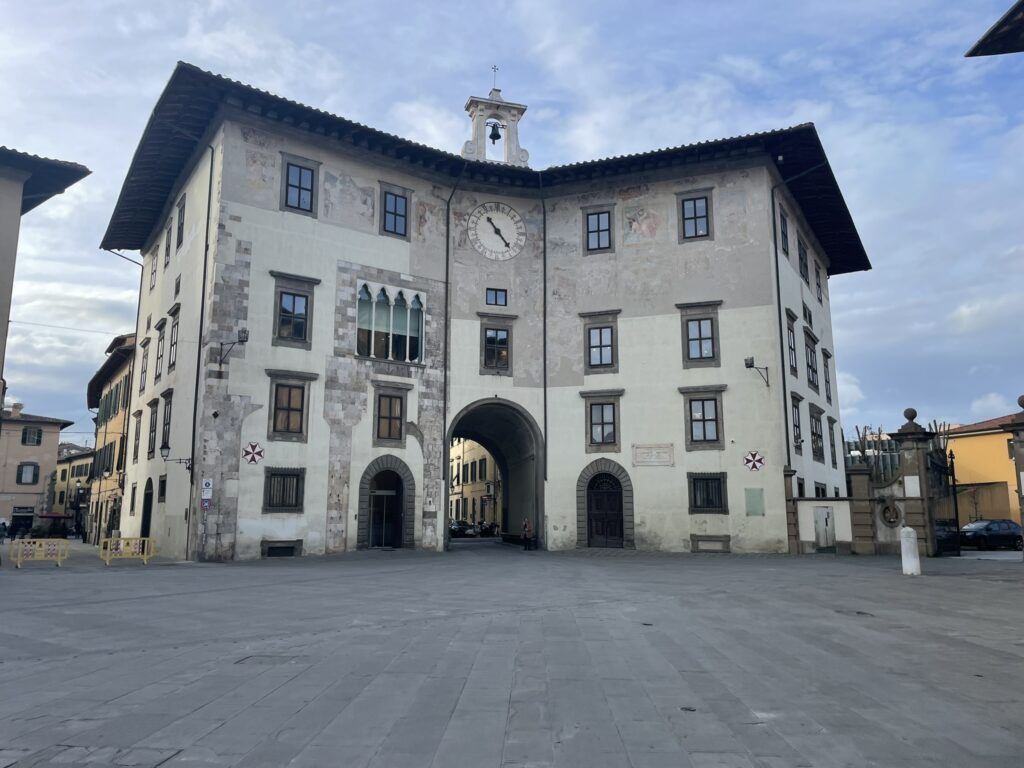
My walks often led me through the narrow alleys of Pisa’s old town, across the Ponte di Mezzo, and along the Lungarno, where the golden light at sunset painted the facades of riverside buildings. One of the most memorable days was spent by the sea, where I finally saw Bocca d’Arno, the mouth of the river, and took in the serenity of the Tuscan coast.
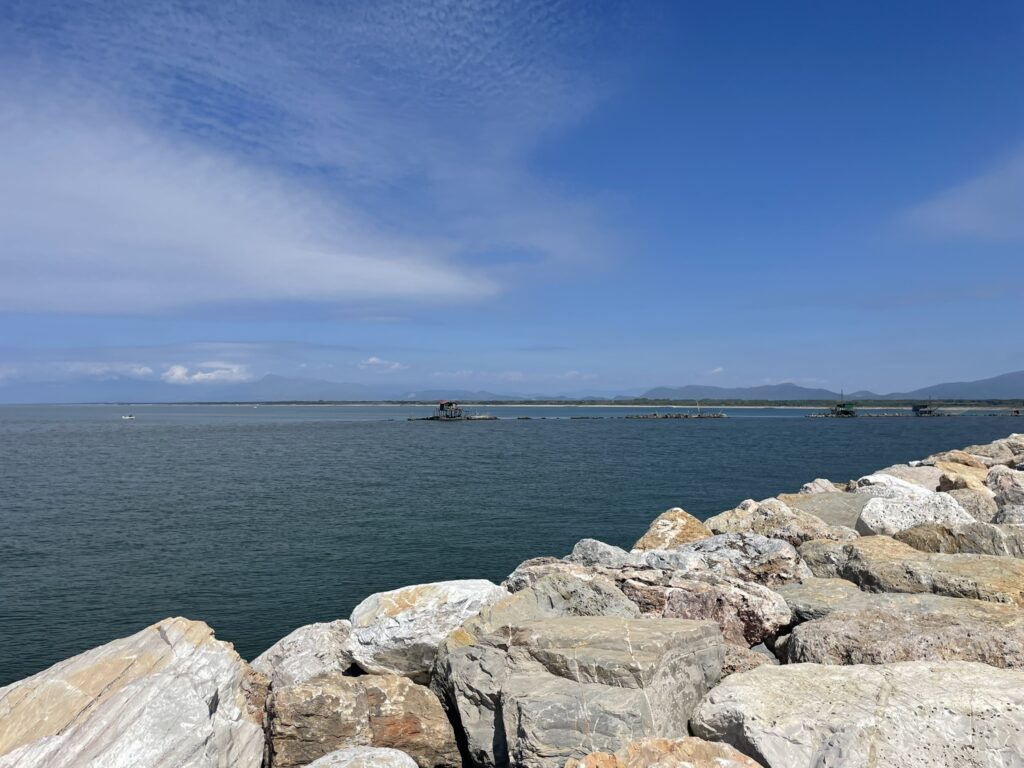
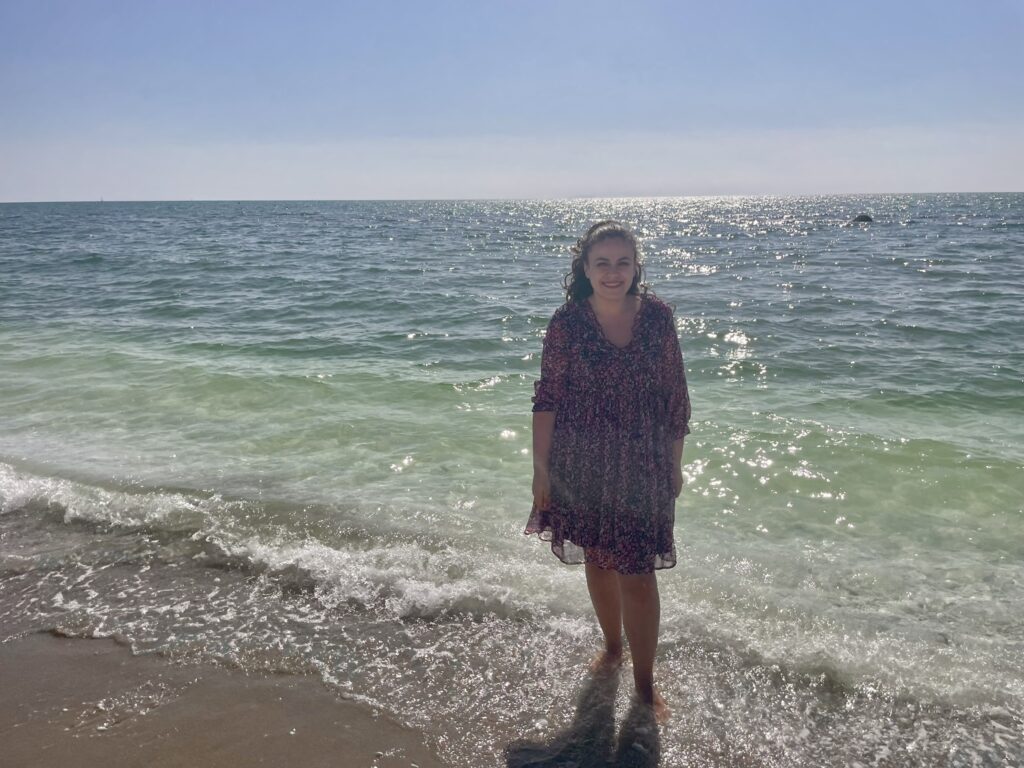
Tuscan cuisine and local desserts were a constant delight. Whether enjoyed in a quiet trattoria or a bustling café, the food was always fresh, simple, and satisfying. Pisa’s relaxed pace made it easy to appreciate these moments, whether with a cappuccino in the morning sun or a late-night stroll along the Arno.
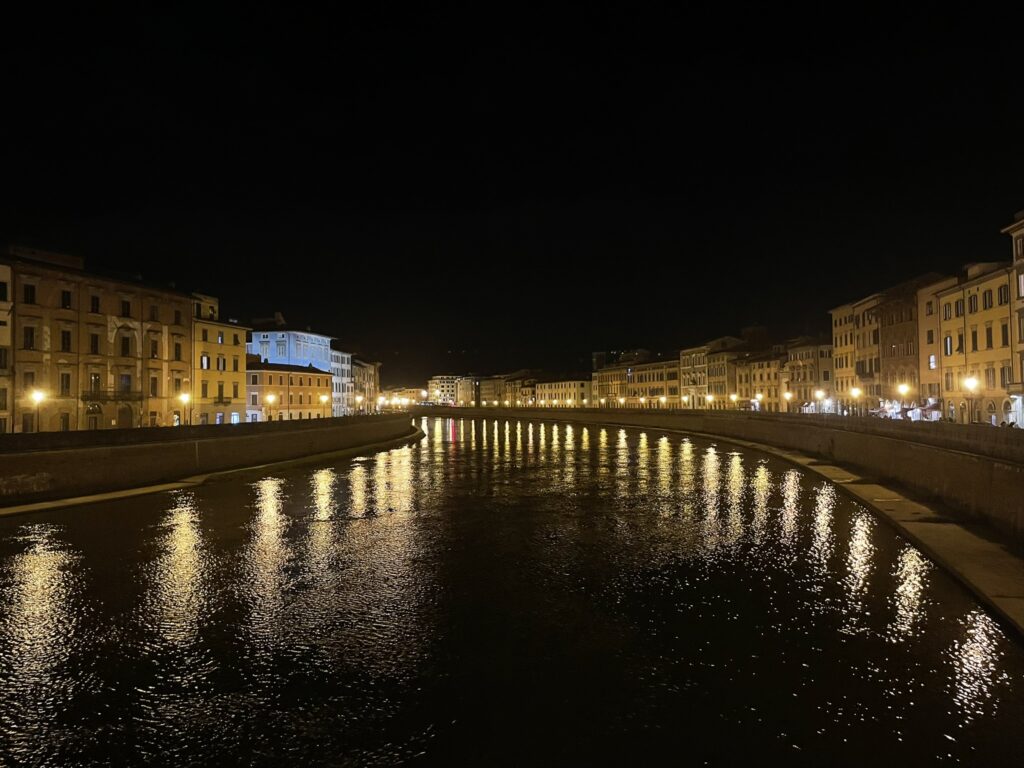
A Roman Detour
On my way home, I made a brief stop in Rome. I visited the Spanish Steps, Fontana di Trevi (where I found the best pistachio gelato I’ve ever had), the Roman Forum, and the majestic Colosseum. It was a whirlwind cultural finale to my trip—and while people say that “all roads lead to Rome,” I can now say from experience that getting out of Rome isn’t always so straightforward! (Let’s say Italian train schedules like to keep things interesting.)
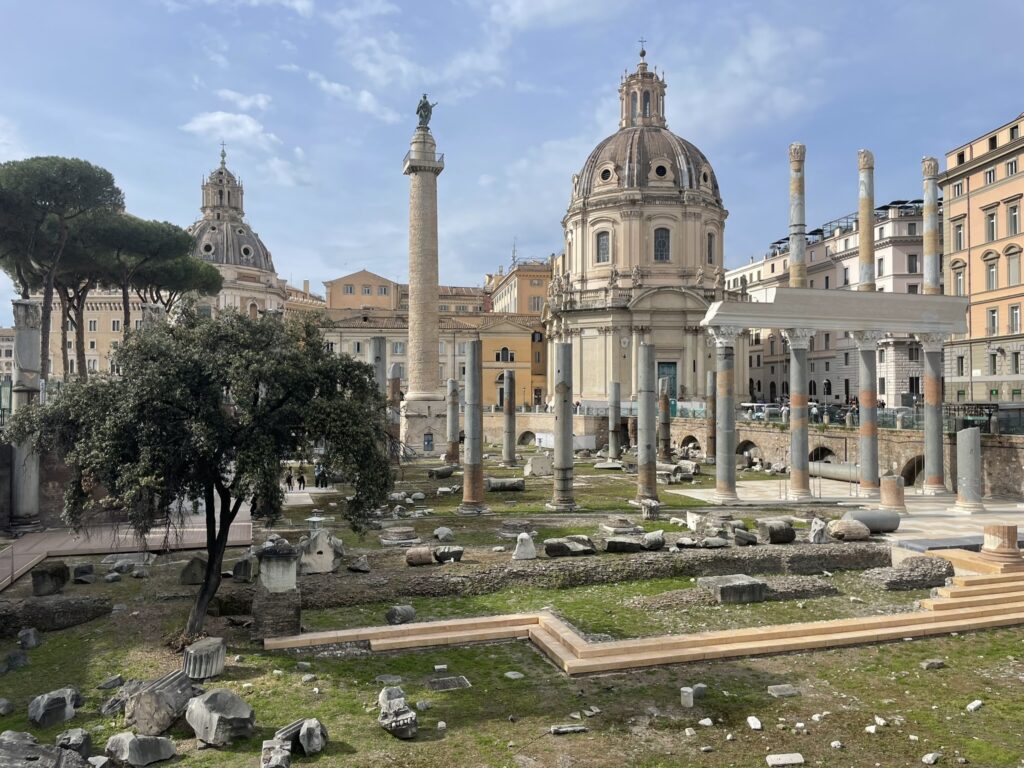
Acknowledgements
I would like to express my sincere thanks to Professor Gabriele Pannocchia (UNIPI) for his warm welcome and valuable guidance during my stay. I am also profoundly grateful to Professor Miroslav Fikar and Professor Juraj Oravec from STUBA for their continuous support of my doctoral research and for making this mobility possible. Their support has been instrumental in helping me grow both as a researcher and as a person.
This experience not only advanced my doctoral research but also opened new paths for collaboration. I left Pisa with new ideas, cherished memories, and renewed energy for what lies ahead.
This project has received funding from the European Union’s Horizon under grant no. 101079342 (Fostering Opportunities Towards Slovak Excellence in Advanced Control for Smart Industries).


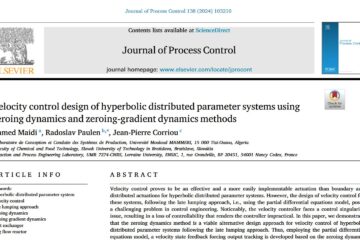


0 Comments